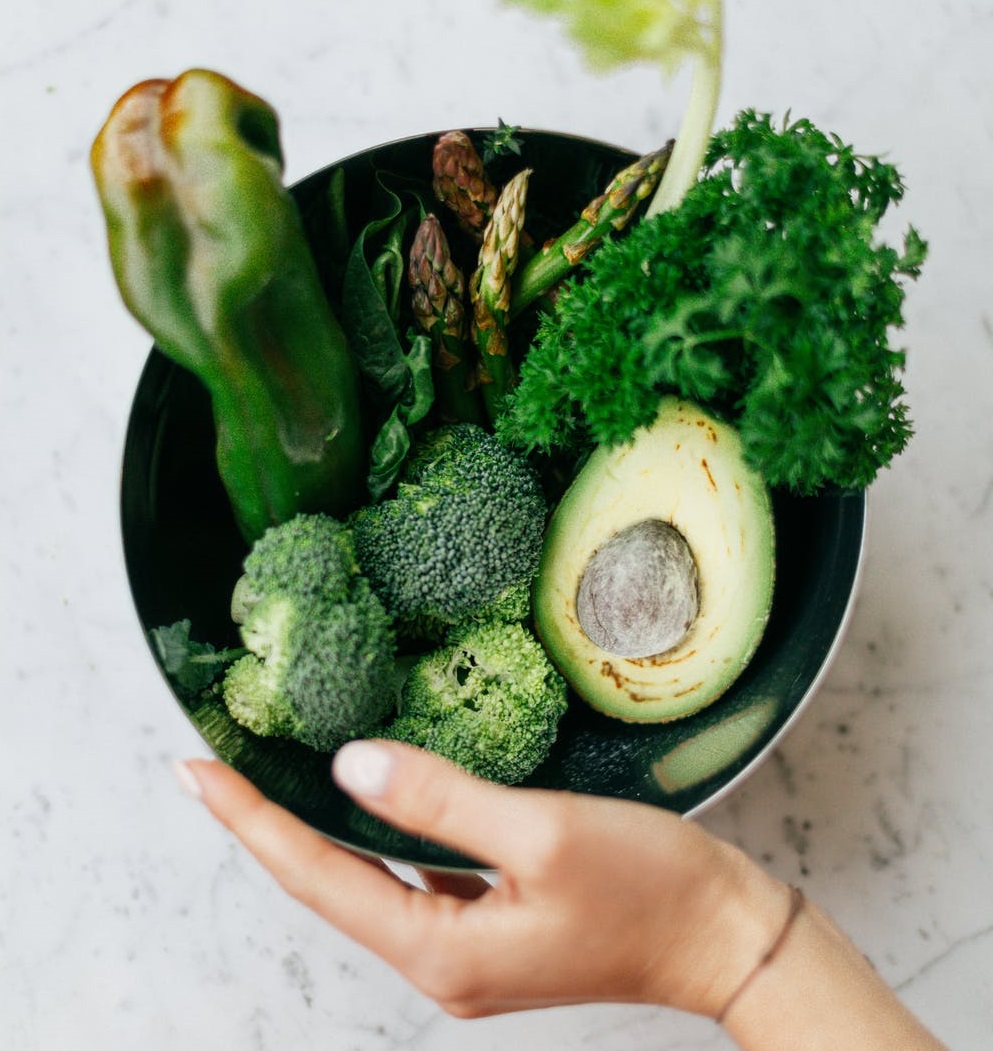10 Simple Ways to Eat More Vegetables
Here’s the reality: It’s not that we don’t know vegetables are good for us, it’s just that we don’t always like to eat them.
In case you need a refresher, vegetables are packed with fiber, vitamins, minerals, antioxidants, anti-inflammatory properties, and thousands of different types of phytonutrients.
Despite all the different perspectives and opinions on food and diet, the one thing everyone can agree on is that vegetables are essential for health, disease prevention, and longevity.
If you’re like most people and need a little more encouragement, here are 10 simple and delicious ways to add more vegetables into your life.
- Smoothies: While this might be an obvious one, there are infinite possibilities. Try a handful of baby greens, a few slices of cucumber or celery, steamed beets, pureed pumpkin, or fresh herbs. This is an easy way to “hide” vegetables from picky eaters.
- Eggs: For those who eat eggs, whether scrambled or on the side, toss in some chopped mushroom, tomato, spinach, onion or your favorite combo. When you have more time on the weekend, try an omelet or frittata.
- Bake with carrots or zucchini: Recipes abound for different breads, muffins cakes and brownies incorporating these veggies in particular. Here’s another fun and delicious way to get more vegetables in under the radar.
- Wraps, sandwiches and burgers: In addition to packing extra vegetables inside your sandwich or burger, try using a collard leaf as a wrap, or a romaine or butter lettuce leaf or portobello mushroom cap if you’re passing on bread or buns.
- Dressings and dips: Instead of packaged or bottled, try a quick and easy hummus, pesto or sauce made right in your blender or food processor. Try fresh herbs, beets, peas, spinach, red pepper, artichoke, tomato or eggplant.
- Veggie chips: You already know about kale chips, but have you tried making “chips” from carrots, beets, sweet potato, or brussels sprouts? For extra flavor, toss them in your favorite spices. Use a low temperature oven and watch them closely.
- Soups and stews: The options are endless. Add carrots, mushrooms, celery, onion, garlic, kale, squash, potato, peppers, peas, tomatoes, fresh herbs, leeks, or broccoli to your soups for added texture, flavor and hardiness.
- Pasta and noodles: Whether you’re using a spiralizer or prefer one of the many prepared options, “zoodles” make for a quick and simple meal. Don’t be fooled by vegetable varieties of conventional boxed pasta; many just add a processed vegetable powder, stripped of any nutrients.
- Rice: Similar to pasta, there are prepared options made from cauliflower, zucchini and broccoli, or you can use your blender or food processor to get creative. Use as you would rice, or incorporate into soups, salads, casseroles, or a stir-fry.
- Salads: I know what you’re thinking; “boring”. But have you added something colorful or zesty to your salads lately? Try shredded purple cabbage, red radish, chives or microgreens. For variety, add some roasted and cooled veggies to your favorite raw ingredients.
To make adding in more vegetables simple and affordable, try a subscription veggie box, Community Supported Agriculture, local farmers market, or frozen. There are extra benefits if you grow your own. Herbs can be grown indoors and there are even hydroponic growing stations made for indoors!
If you’re new to vegetables or historically not a fan, start with one or two you enjoy. Experiment by adding one new vegetable each week. If you don’t like it, move on. There are hundreds of vegetables and you will find the right ones for you. Savor the flavors, colors, and textures and prepare them in a way you find satisfying and tasty.
If you’re struggling at mealtimes and want simple strategies tailored to your reality, reach out to learn more about how health coaching can help you to feel more confident in the kitchen.
Disclaimer: This post is for informational purposes only. It does not constitute medical advice, or replace treatment or intervention by a qualified medical or mental health professional.





